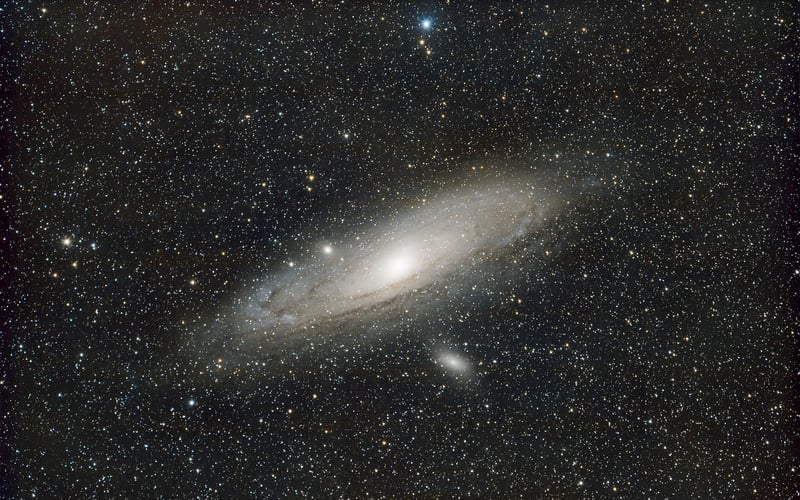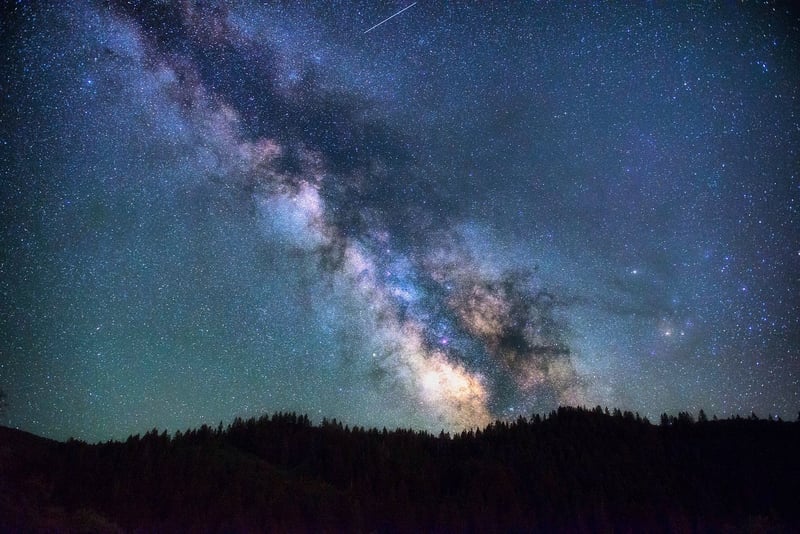Galactic Mapping
Unveiling Cosmic Secrets through Galactic Mapping
Exploring the vast expanse of the cosmos has always been a fascinating endeavor for humanity. From ancient civilizations gazing at the stars to modern astronomers using advanced technology, the universe continues to captivate our imaginations. One of the key tools in this exploration is Galactic Mapping, which allows us to unravel cosmic secrets and understand the structure of our galaxy.
What is Galactic Mapping?
Galactic Mapping is the process of charting and visualizing the distribution of celestial objects within our Milky Way galaxy. This includes stars, nebulae, black holes, and other astronomical phenomena. By creating detailed maps of these objects, astronomers can study the spatial relationships between different regions of our galaxy and gain insights into its composition and evolution.
Tools and Techniques
Modern astronomical observations use a variety of tools and techniques to map the Milky Way galaxy. Telescopes equipped with advanced imaging sensors capture high-resolution images of distant stars and nebulae. Radio telescopes detect emissions from interstellar gas clouds, providing valuable data on the galactic environment. Additionally, satellite missions like Gaia and Hubble Space Telescope have revolutionized our understanding of the Milky Way's structure.
Applications of Galactic Mapping
The data obtained from Galactic Mapping has numerous applications in astrophysics. By studying the distribution of stars and gas clouds, astronomers can model the formation and evolution of galaxies. Mapping the spiral arms of the Milky Way helps us understand its dynamics and gravitational interactions. Furthermore, Galactic Mapping plays a crucial role in identifying regions of interest for future space exploration missions.
Challenges and Future Prospects
Mapping the Milky Way galaxy is a complex and ongoing task due to its vast size and intricate structure. Challenges such as dust obscuration and variable star brightness pose hurdles for astronomers. However, with advancements in technology and data analysis techniques, researchers are continually improving the accuracy and detail of galactic maps. Future missions like the James Webb Space Telescope promise to unveil even more cosmic secrets hidden within our galaxy.
Exploring the Cosmos
Galactic Mapping offers a glimpse into the awe-inspiring beauty and complexity of our universe. By peering into the depths of space and creating intricate maps of galaxies, we unravel the mysteries of the cosmos and expand our knowledge of the vast celestial landscape that surrounds us.

Embark on a cosmic journey through Galactic Mapping and discover the wonders of the Milky Way galaxy and beyond!
For more information on Galactic Mapping and celestial exploration, visit NASA's official website.
